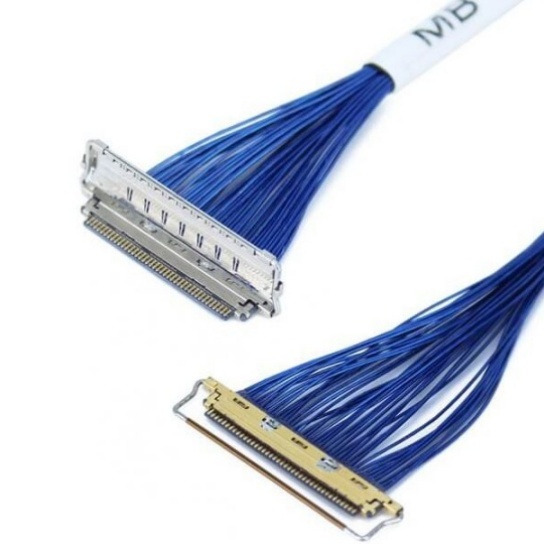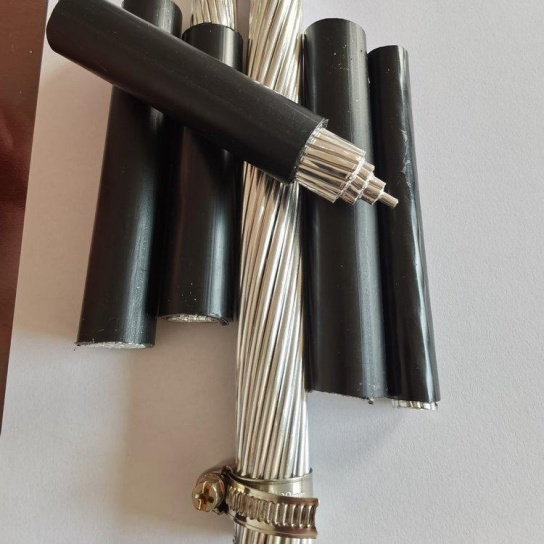Boeing and Airbus Unite on Aviation Cable Standards
Introduction
In a groundbreaking move, aerospace giants Boeing and Airbus have announced a historic collaboration to standardize aviation cable systems across their aircraft. This unprecedented partnership aims to enhance safety, reduce costs, and streamline global aviation manufacturing. For industry professionals, airlines, and travelers alike, this alliance could reshape the future of air travel.
Why Aviation Cable Standards Matter
Aircraft rely on miles of intricate wiring to power critical systems, from navigation to cabin lighting. However, inconsistent cable standards between manufacturers have long posed challenges:
- Safety Risks: Non-uniform wiring increases the risk of electrical failures.
- Supply Chain Complexity: Airlines face higher maintenance costs due to incompatible parts.
- Sustainability Concerns: Redundant designs contribute to waste and carbon emissions.
By aligning their standards, Boeing and Airbus aim to address these pain points while fostering innovation in next-gen aircraft like electric and hybrid models.
Key Goals of the Collaboration
- Universal Safety Protocols: Develop standardized testing procedures for cables to meet global aviation safety regulations (e.g., FAA, EASA).
- Interoperability: Create cross-compatible wiring systems to simplify repairs and upgrades.
- Sustainability: Reduce material waste by 15–20% through optimized designs, aligning with the industry’s 2050 net-zero goals.
- Cost Efficiency: Lower production and maintenance expenses by up to $2 billion annually, per industry estimates.
Impact on Airlines and Maintenance Teams
- Faster Repairs: Shared standards mean technicians can service both Boeing and Airbus fleets with the same training and tools.
- Inventory Simplification: Airlines can reduce spare part stockpiles by 30%, cutting storage costs.
- Enhanced Reliability: Uniform systems minimize wiring-related delays, improving on-time performance.
Implications for Passengers
Travelers stand to benefit from:
- Safer Flights: Reduced risk of electrical malfunctions.
- Lower Fares: Cost savings for airlines could translate to cheaper tickets.
- Greener Travel: Efficient designs support the industry’s eco-friendly transition.
Challenges Ahead
While the partnership is promising, hurdles remain:
- Legacy Fleet Upgrades: Retrofitting older aircraft with new standards may be costly.
- Regulatory Harmonization: Global authorities must align certification processes.
- Competitor Buy-In: Smaller manufacturers like Embraer and COMAC need to adopt the standards for full industry-wide impact.
Expert Reactions
Aviation analysts applaud the move:
- “This collaboration is a win for safety and innovation,” says Dr. Sarah Lin, an aerospace engineer at MIT.
- “Standardization could accelerate the adoption of AI-driven predictive maintenance,” notes James Carter, an aviation consultant at Deloitte.
Looking Ahead
The joint standards are expected to debut in 2026, with initial rollout on next-gen models like the Airbus A321XLR and Boeing 777X. Over time, this alliance could pave the way for unified aviation technologies, from hydrogen fuel systems to autonomous flight controls.






